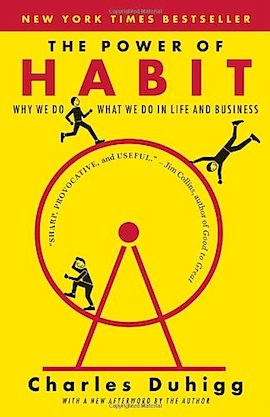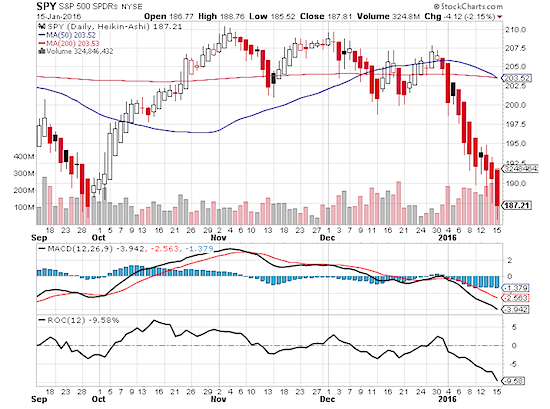Never Let a Crisis Go to Waste: Finding New Ways to Improve Your Trading
In Charles Duhigg’s 2012 bestseller, The Power of Habit, the author dedicates a portion of the book to the habits and routines that organizations develop over time.
In the book, he recounts a series of medical errors at Rhode Island Hospital in which surgeons’ arrogance, coupled with nurses’ attempts to manage around them, resulted in multiple patient fatalities and lawsuits. It was only after the hospital entered a crisis mode were they able to step back and objectively assess every part of their operations. They instituted a series of sweeping changes in their procedures and staffing, fundamentally shifting their culture and nearly eliminating errors in medical care at the hospital. These changes never would have been possible without a crisis.
Enter today’s market crisis and you can see where I’m going with this. In trading, sometimes we need our own reset button so we can review what we are doing right and wrong. And perhaps this market crisis will allow for that.
As traders, we are all navigating the worst start to a trading year in the history of the US markets. And while the size of the sell-off is not out of the ordinary, the speed with which we’ve moved down has been startling, as you can see in the Heiken Ashi chart of the S&P 500 ETF (SPY) below.
Whether you are a dedicated 60/40 buy and holder, trend follower, premium seller, swing trader, intraday scalper or some combination thereof, you are likely being tested in ways that you haven’t experienced in recent months. The market dips aren’t being bought like they were in 2015 and the daily swings are amplified.
You’re in a real-time stress test and it’s your responsibility not to let it go to waste.
S&P 500 (SPY) Heiken Ashi Candlestick Chart
Now is as good a time as any to reflect on the market crisis and your trading. Ask yourself some pointed questions, while examining how your trading strategies are behaving under the current market conditions.
Did you shift your exposure from long to short (or to cash) earlier in the month or did your positions linger on the wrong side longer than you expected? Were you able to stick to your stop loss levels or did you find yourself promising to get out on the next bounce? Did you skip valid short signals because you were sure the market would bounce and it couldn’t possibly get more oversold?
A market crisis accentuates our flaws and gives us reason to tighten up our trading strategies and discipline.
If you are a longer term, less frequent trader, how are you handling your unrealized losses? You may have backtested your strategy and acknowledged the drawdowns in theory but now you’re living through it. How does it feel to be in it, rather than viewing it from the comfort of spreadsheet entry? Are there elements of your strategy or behaviors of your positions that are surprising you as you watch them play out in real-time? Is your position sizing keeping the account swings in check as correlations rise?
It is easy to fixate on your daily account P+L and lose sight of the opportunity you have before you. If you can distance yourself from your account and assume the role of an outside observer, you can more objectively identify the aspects of your trading that are behaving as expected and those that you feel need improvement on. Perhaps there are some positive surprises like the effectiveness of your hedges or the timing of your exits. Only through clinical assessment can you improve your trading and preparation for the next market swoon. And there’s always another market swoon.
So put this latest market crisis to good use and take Charles Duhigg’s advice – a crisis can be the ideal catalyst for positive growth and better trading habits.
Thanks for reading.
Any opinions expressed herein are solely those of the author, and do not in any way represent the views or opinions of any other person or entity.







